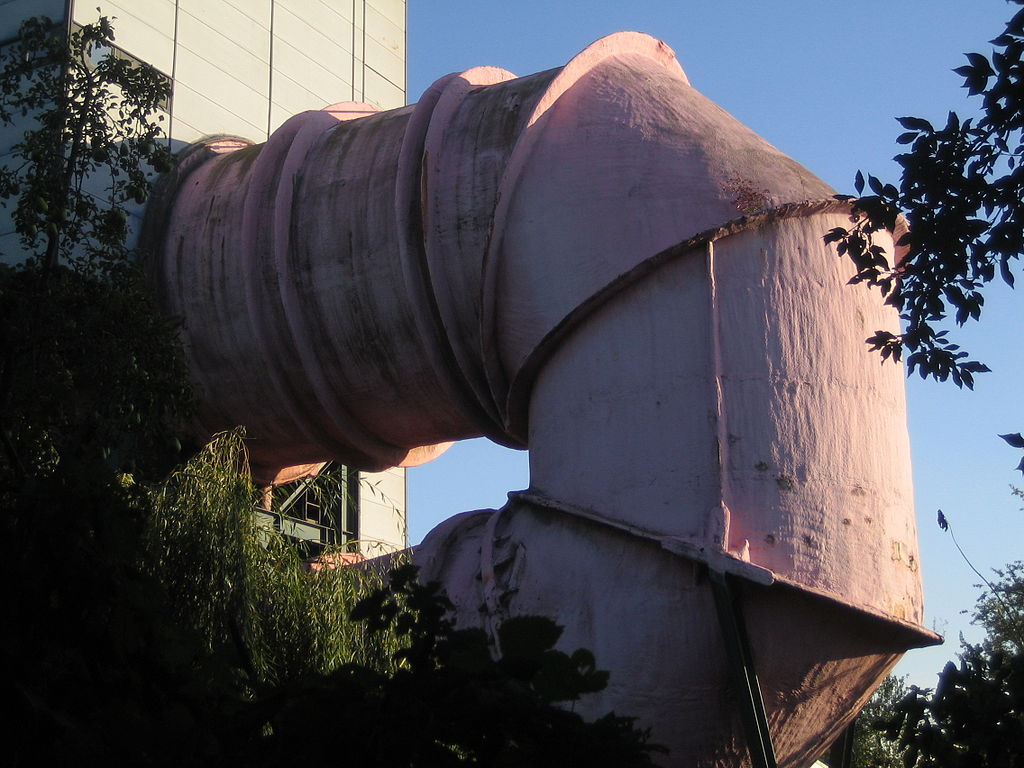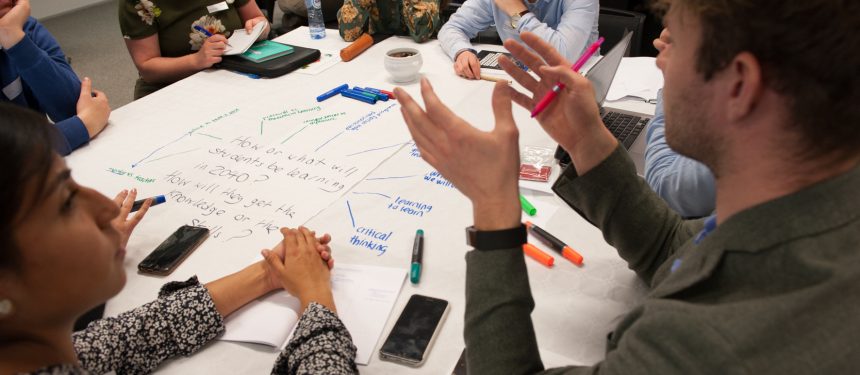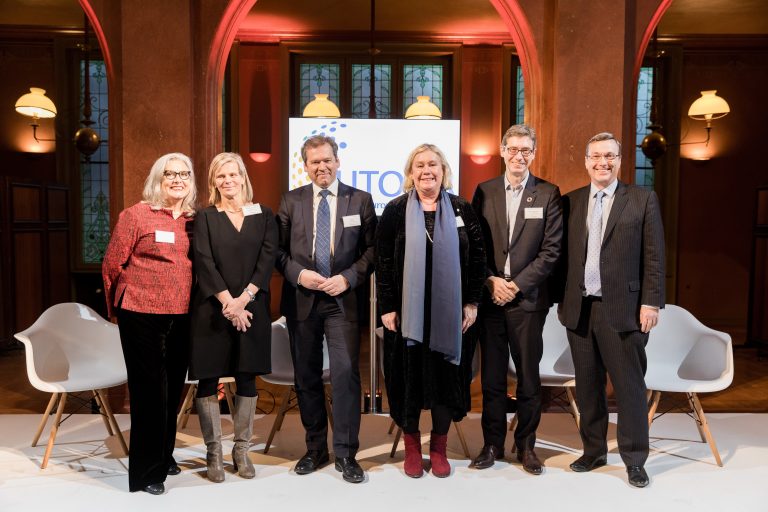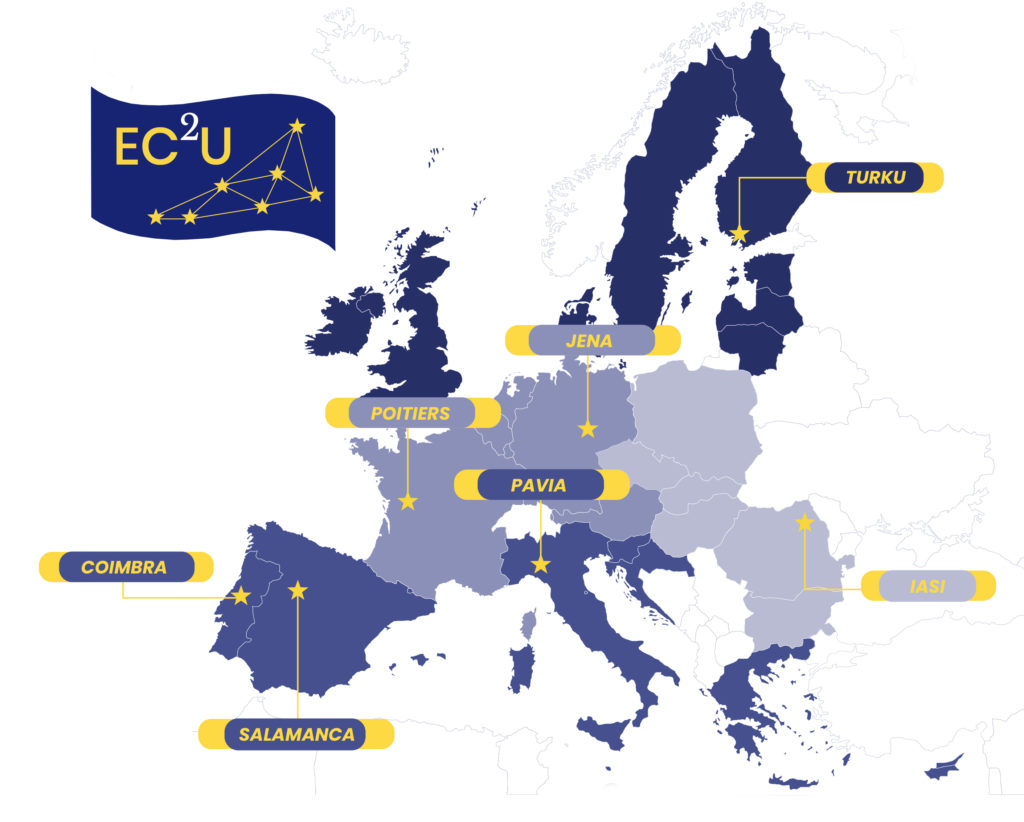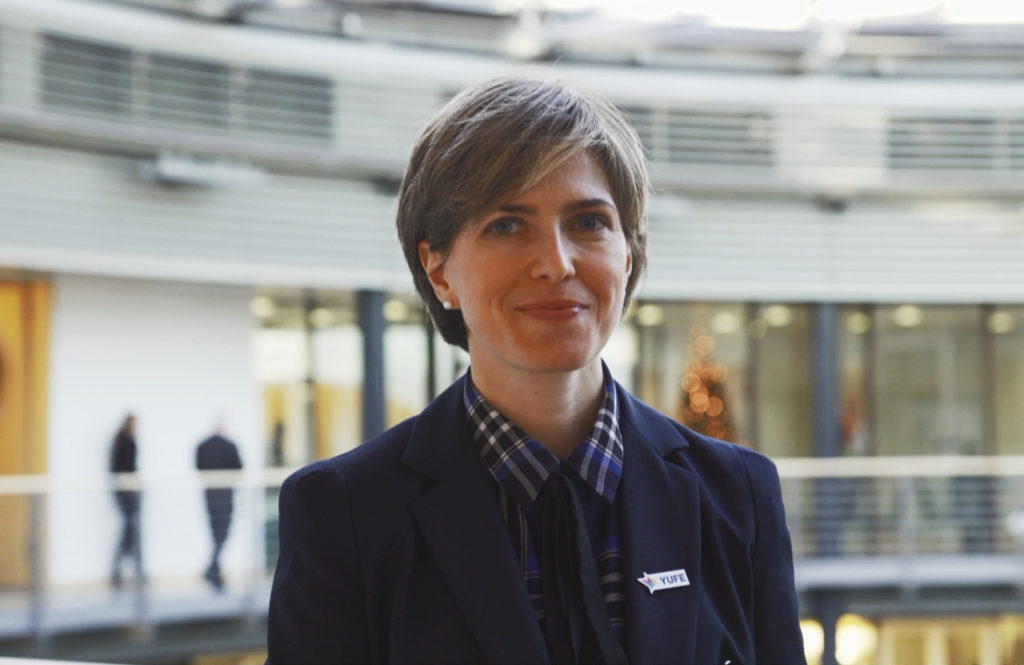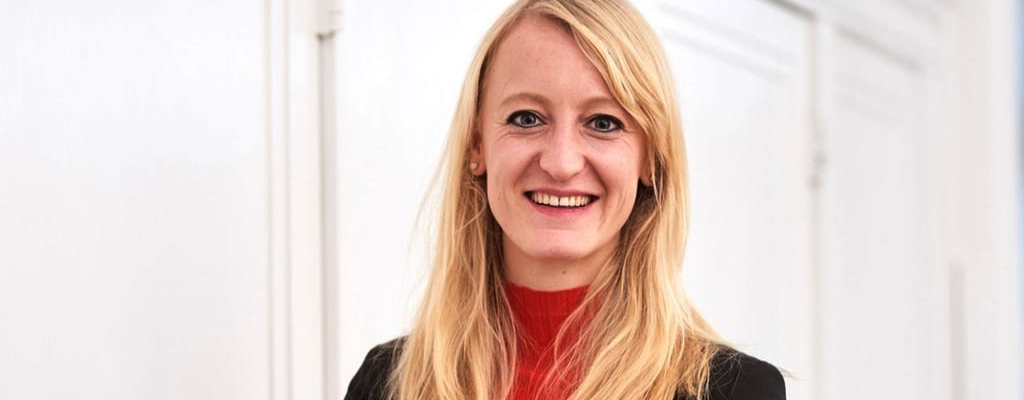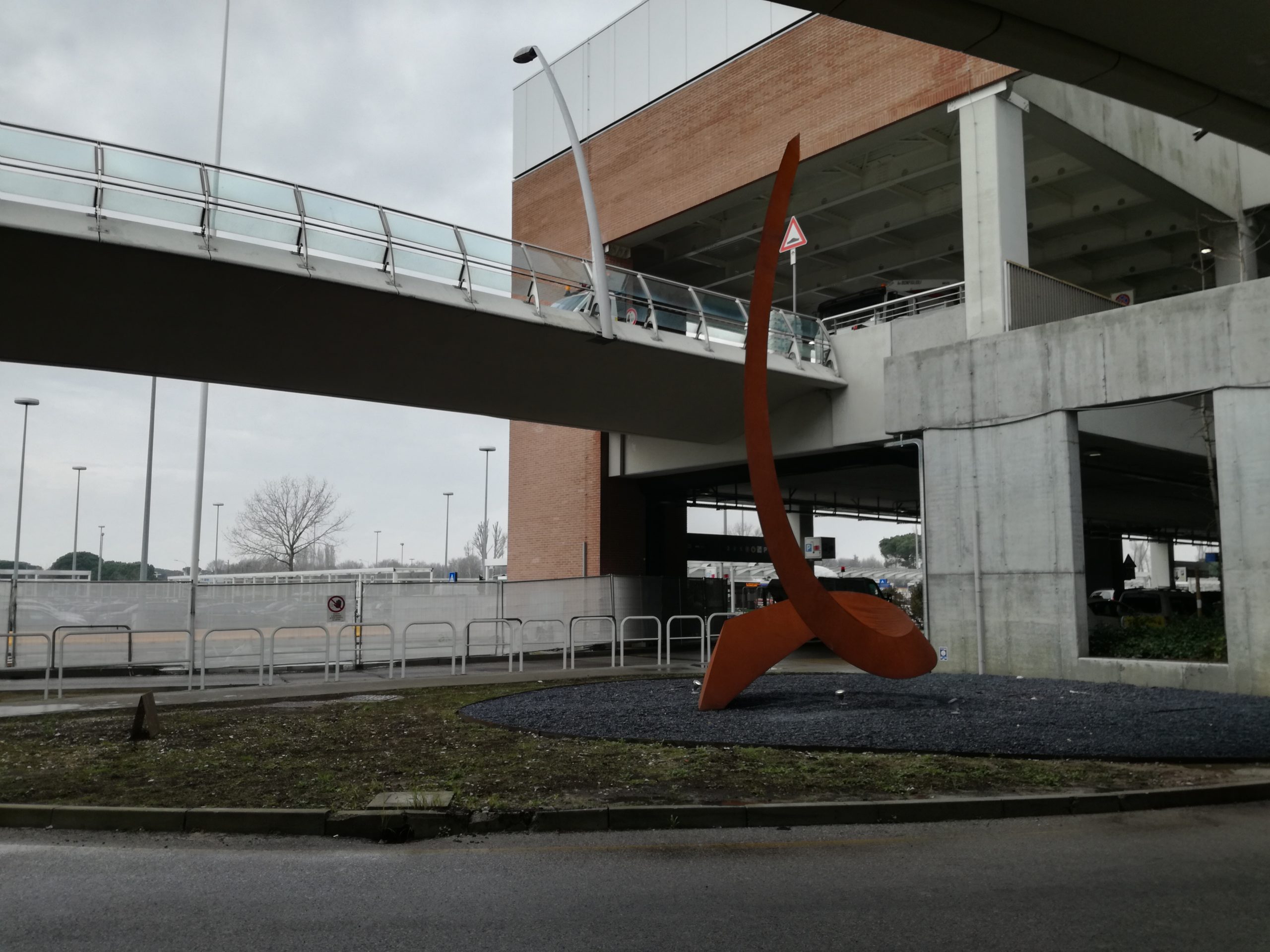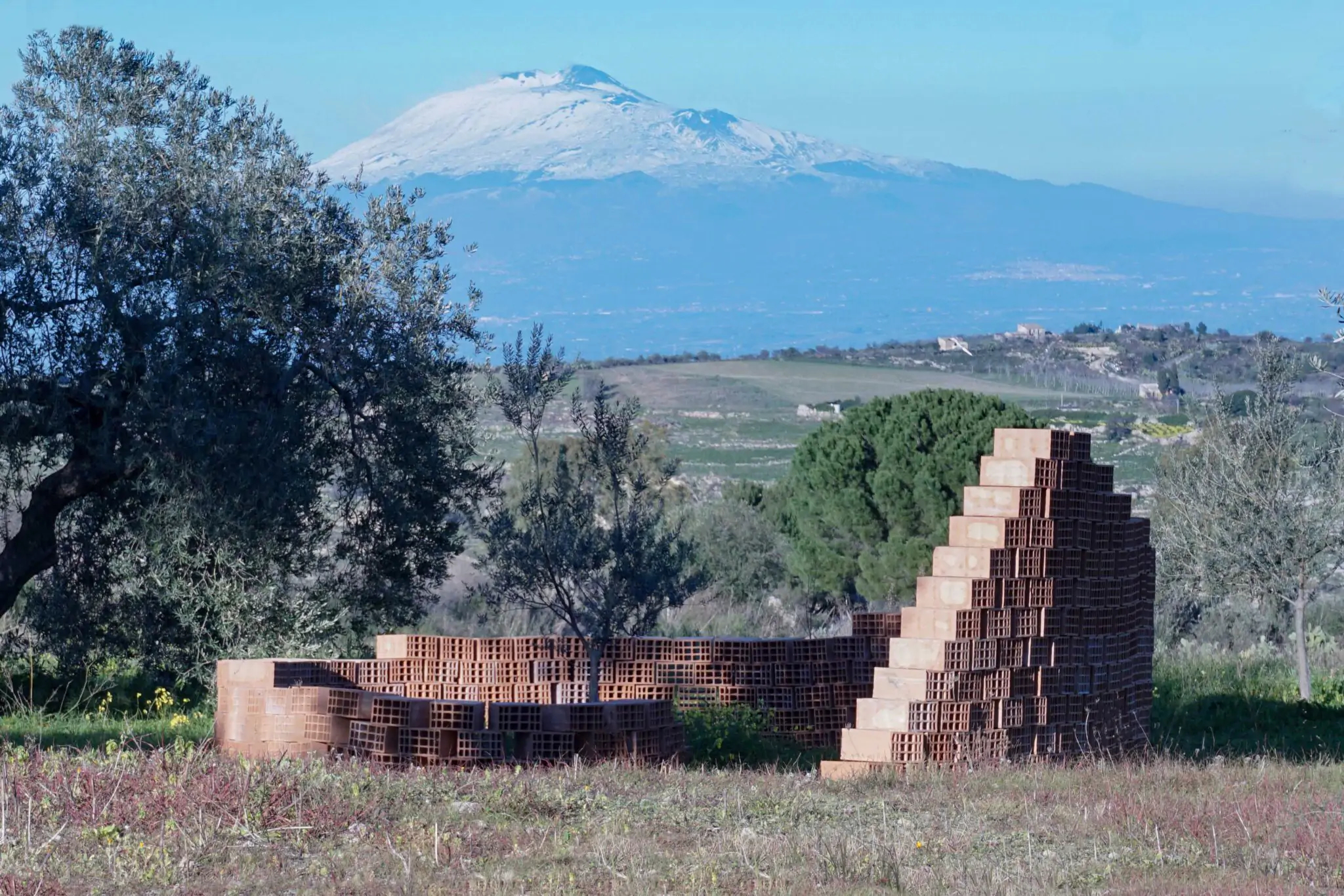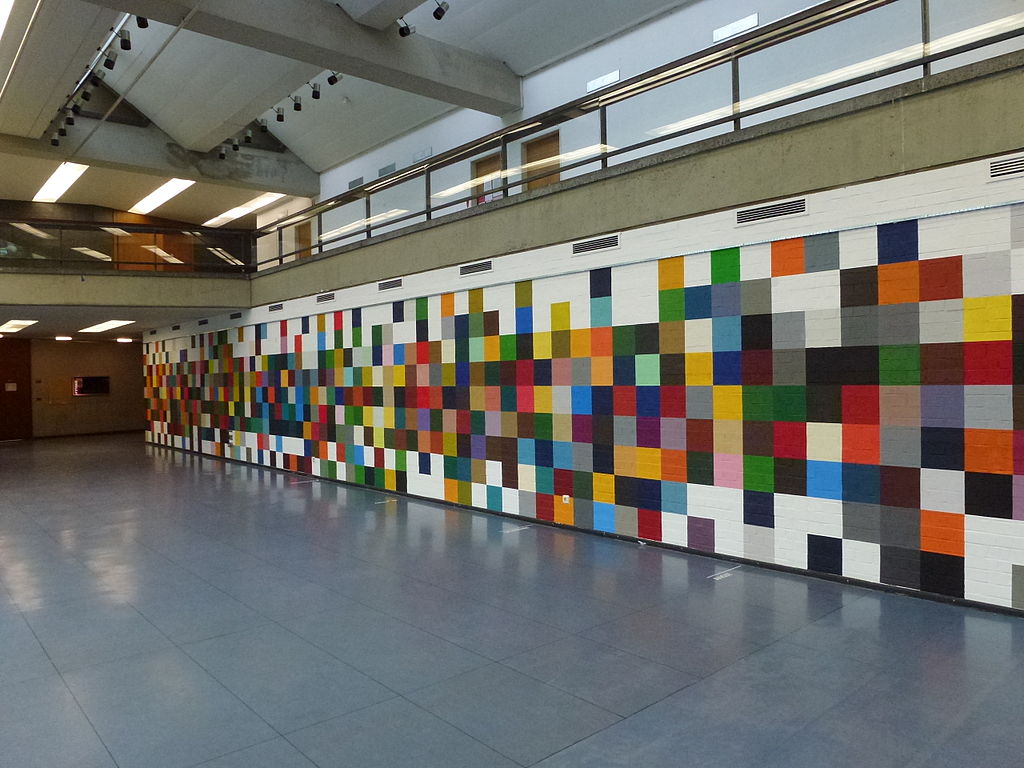
TU Berlin initiates alliance with six partner universities as part of the European Commission’s European University Initiative
(Press Release) Europe’s universities should strive to be places of outstanding research and educational innovation. More flexible study and research offers and fewer bureaucratic hurdles can ease the individual educational and career paths of students, doctoral candidates, researchers, and staff. As an institution that actively shapes the European educational area, TU Berlin, together with six European partner universities, is taking part in the second call of the European Commission’s “European Universities Initiative”. As coordinating university, TU Berlin submitted the proposal for “ENHANCE – European Universities of Technology Alliance” on 26 February 2020. The Alliance is made up of seven European innovative technical universities: Chalmers University of Technology (Sweden), Norwegian University of Science and Technology (Norway), Politecnico di Milano (Italy), RWTH Aachen University and Technische Universität Berlin (Germany), Universitat Politècnica de València (Spain), and Warsaw University of Technology (Poland). Successful alliances will receive 120 million euros and serve as role models for future European universities, for which the new Erasmus program will provide a special funding line.
With a vision to “drive responsible societal transformation by enhancing a strong alliance of European Universities of Technology, empowering people to develop and use science and technology responsibly and turn global challenges into opportunities”, the ENHANCE partner universities aim to use the three-year funding period to lay the foundation for structures which enable the seamless mobility of students, researchers, and employees of the universities. Their plan includes a recognition database and a mapping of study offers so that students can select study offers and modules from within the Alliance with the assurance that these will receive automatic academic recognition. The envisioned instruments will first be tested in select bachelor’s and master’s programs. Additionally, the implementation of innovative teaching and learning formats will enable all students to profit from international ENHANCE offerings. For example, students will be able to take online courses offered by the partner universities, virtually work with other students on projects, or participate in workshops and summer schools.
Value-based teaching offered in collaboration with social players will ensure that students learn to critically think and develop and apply knowledge and technologies for the benefit of society. As a coalition of technical universities, one focus of ENHANCE is also on sustainable innovation and entrepreneurship. In a first step, joint research will be conducted to investigate what support start-ups need to be economically and ecologically viable long term.
“After a very constructive application period, we are looking forward to the results of the competition,” says Professor Angela Ittel, vice president for strategic development, junior scholars, and teacher education at TU Berlin. “We have set ourselves ambitious goals and I am convinced that the European University Initiative will elevate our cooperation with partners to a new level. We are already working closer together than ever before.”
Source: www.pressestelle.tu-berlin.de
